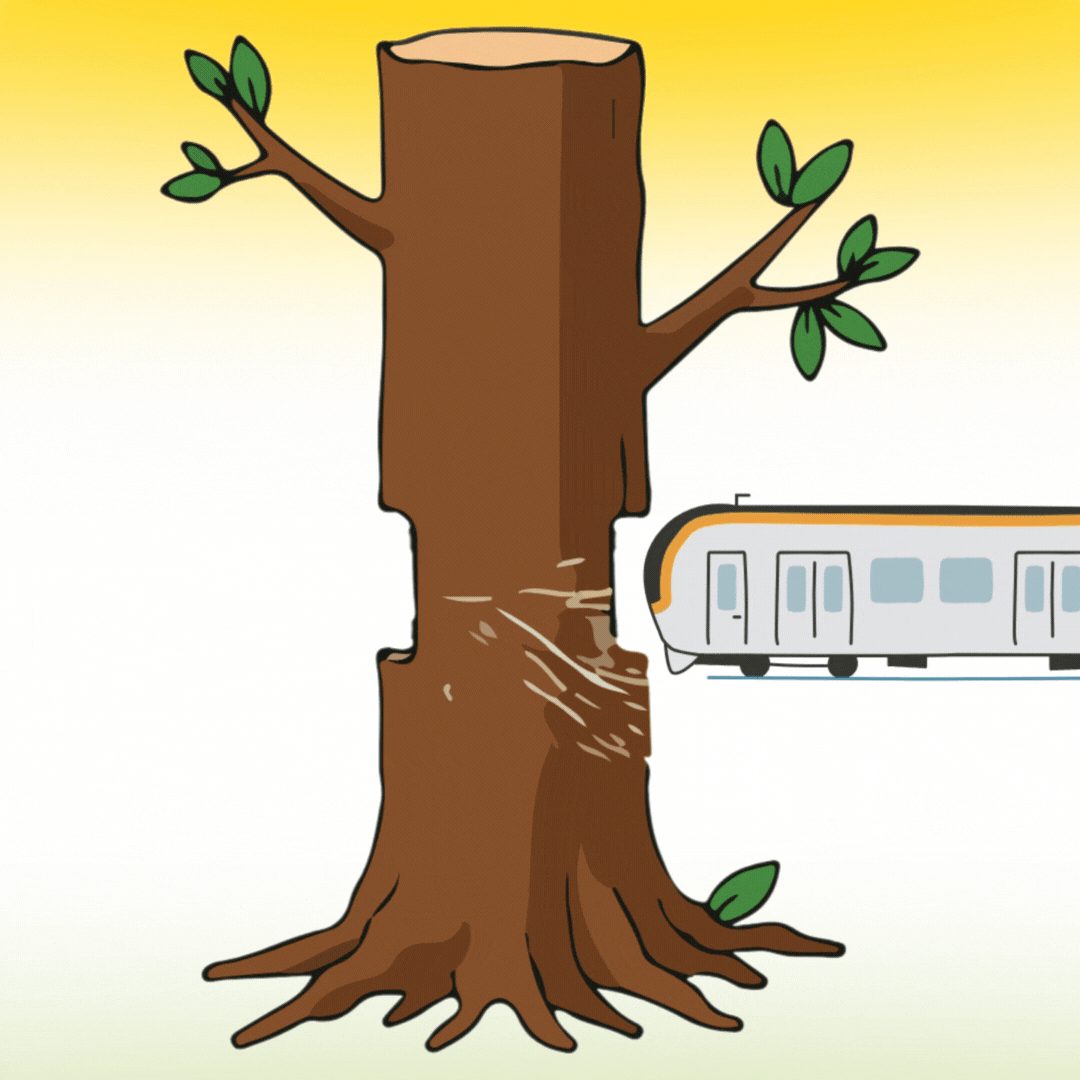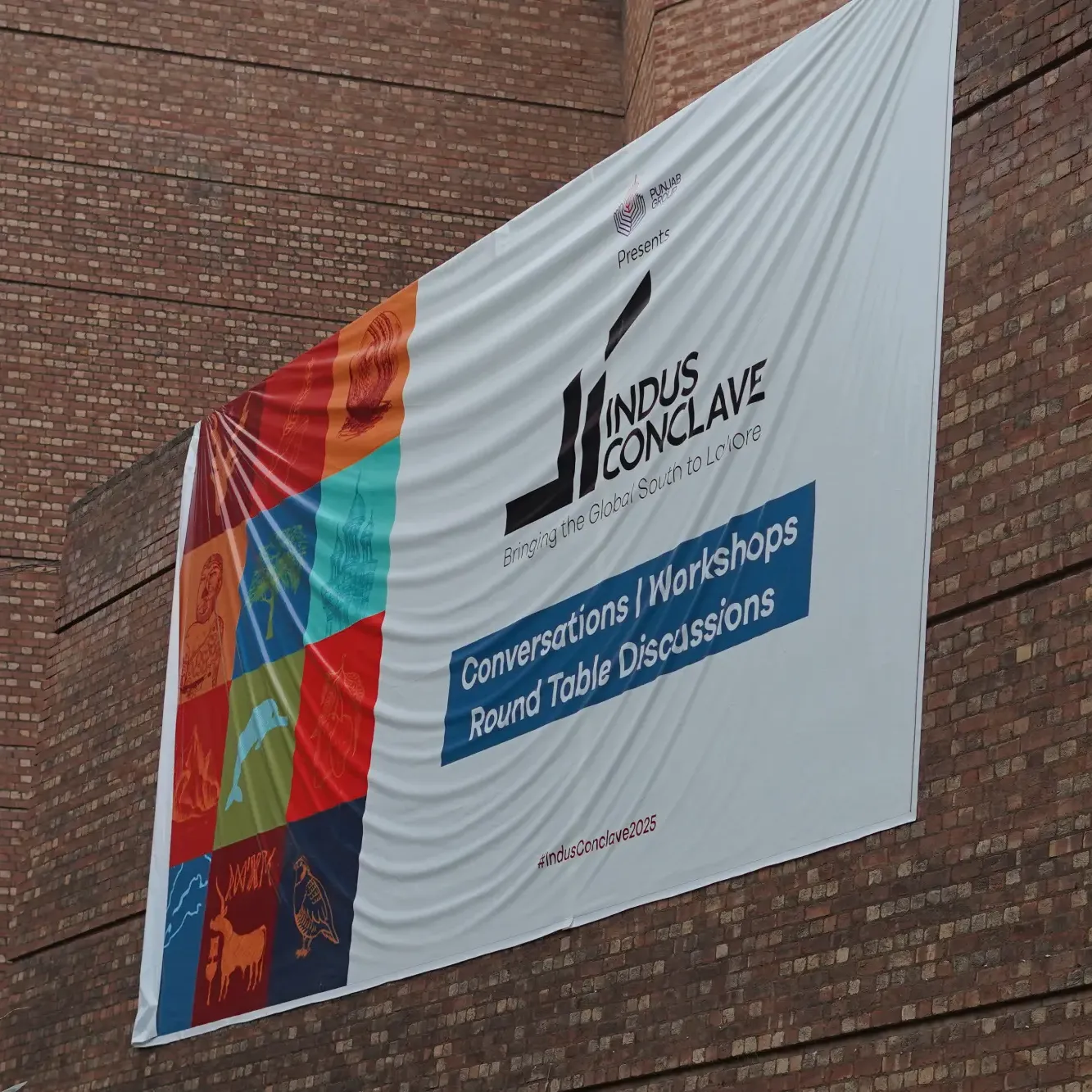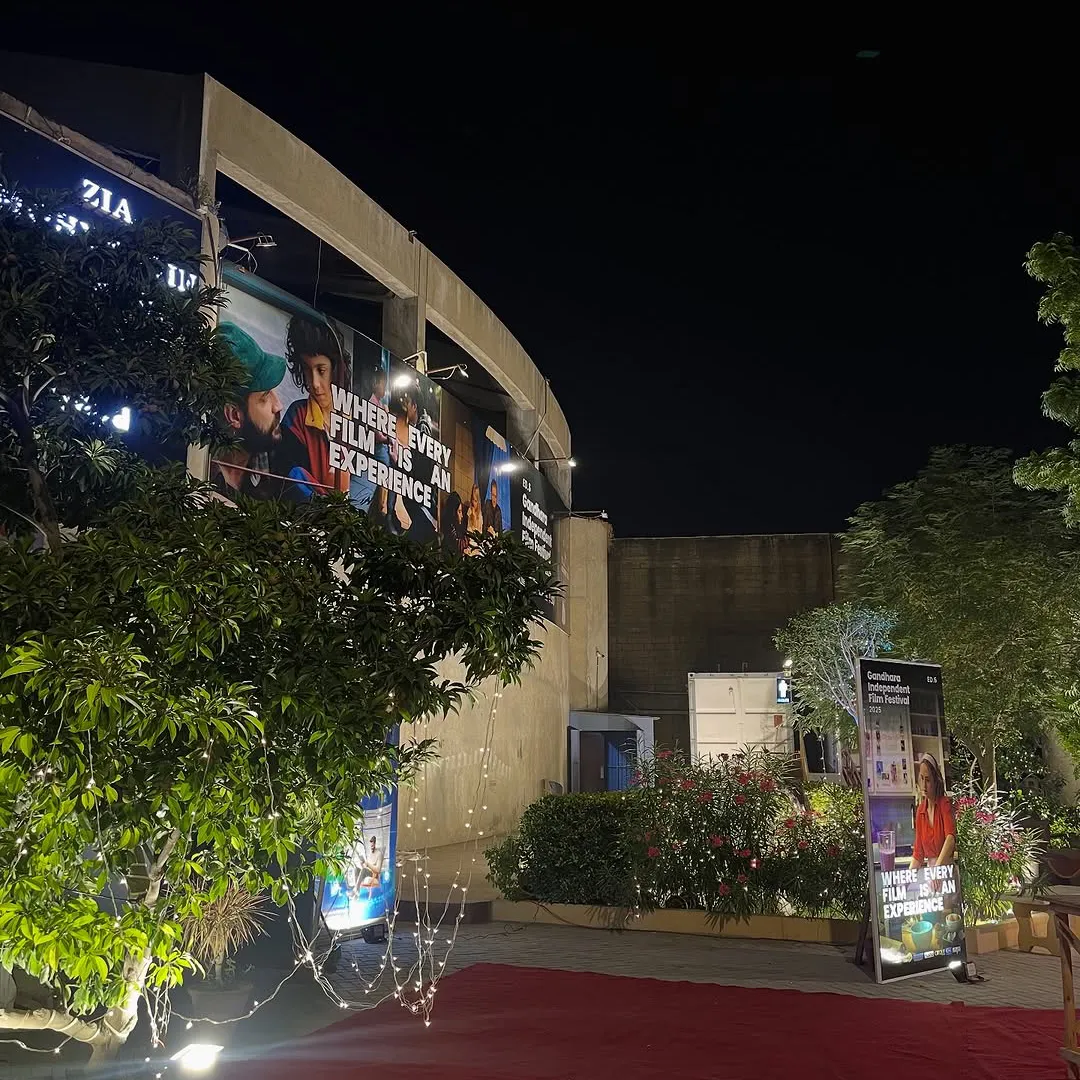It’s quite a popular trope about Lahoris that they never give you the right directions. It might be something to do with gatekeeping or maybe they just love chaos, but I am a living testament to my people's habit of keeping others in the dark. Perhaps that is a habit that CM Maryam Nawaz, a born and bred Lahori, has taken with her into office.
The Government of Punjab is determined to build and operationalise the Yellow Metro Line project, a 27-kilometer bus route spanning the length of the Canal Road, in this tenure. By the looks of it, though, this could take more than a year — drawing funds from next year’s budget in June, beginning construction and finally wrapping up by December. But this is mere speculation. As it so happens, the project is another one of those multi-million dollar cases where the government believes it's better to conceal information regarding its plans and reveal very little. It feels like us Lahoris are finally getting a taste of our own medicine.
For us, ‘development’ is a normal part of our lives (apologies to the readers from Karachi). We have grown up seeing roads, bridges and underpasses being constructed all around. This is often to the dismay of residents, as the concept of a walkable city still eludes our administrators (seriously, how hard is it to build a crosswalk?). Over time, we have witnessed an ever-evolving Lahore with a new landmark to remember every so often. So perhaps giving the wrong directions isn't as intentional as it is perceived. But the suppression of information around the new Yellow Line definitely seems to be intentional.
The project was announced amid much excitement from the government. However, it also came with criticism from civil society groups, mainly due to reports about the felling of 1,400 mature trees along the canal.
For many, public transport is the only viable system that guarantees freedom of movement. Factory workers, working women, professionals and students rely heavily on the Metro Bus and Orange Line for their commute to and from work. Public transport is the cornerstone of any civilisation and a herald of booming economic activity — industry cannot survive without an efficient transportation system.
The project was announced amid much excitement from the government. However, it also came with criticism from civil society groups, mainly due to reports about the felling of 1,400 mature trees along the canal.
However, the criticism of the project was not limited to the news of the felling of over a thousand trees — the reservations of civil society point to the inefficiencies of this election-focused approach to governance. Development for the sake of development has always been Lahore's bane.
"They claim this project will decrease traffic and reduce emissions. But what have existing projects like the metro and orange lines actually accomplished?" asks Nauman Nadeem, CC member Khalq Youth Front. "I've used the same metro bus route for two years, but always chose rickshaws, despite higher costs. Overcrowded buses and long wait times deterred me from using metro transport for my daily office commute. Why build such projects if you cannot maintain them?”
For those who have lived here long enough to remember, this is not the first time that there have been talks of removing a significant portion of the Canal's woodland. In 2011, during Mr Shahbaz Sharif's tenure as Chief Minister, Canal Road was widened by cutting down hundreds of trees to add extra lanes in an attempt to relieve traffic congestion.
Fast forward to today, and climate justice activists are experiencing déjà vu. When the initial blueprint for this new project was made public, it revealed plans to build dedicated bus lanes by once again widening Canal Road — the same road that had already sacrificed so many trees over a decade ago.
The proposed route will run from Thokar Niaz Baig to Harbanspura, complete with brand new bus stations built at intervals. An estimated 1,400 mature trees will need to be sacrificed for this vision. Ironically, the government declared this project a cornerstone of sustainable, carbon-free public transportation by introducing electric buses to the mix. This becomes an immediate concern when we see infrastructure built on natural landscapes being washed away by pre-monsoon rainfalls in Lahore.
The immediate backlash from civil society groups was entirely predictable — they had witnessed this story before. It was at one of these civil society gatherings that I first ran into Dr Ajaz Anwar. I had been invited by a friend to their protest in front of the Lahore Press Club. A light drizzle fell over Lahore that day and the Canal was a vision to behold: giant rows of trees danced rhythmically with the wind.
Outside the press club, a group of about 20 people of all ages were huddled together, bearing a banner in spite of the rain. Heading the 'Nehr Bachao, Lahore Bachao' protest Dr. Ajaz Anwar, the man who had come up in every conversation and article about the Canal. He had vast knowledge pertaining to the preservation of Lahore and was enthusiastic to share stories about their campaigns against the Canal widening of 2011.
A network of public transport would go a long way in reducing carbon emissions and traffic congestion, but it should not come at the cost of the heritage of the city or with the air of secrecy that surrounds this project.
During our conversation, he shared some of his concerns regarding the Yellow Line, "Beta, they have already destroyed a lot of the greenery and trees when they expanded the canal, and now they're talking about building the Yellow Line, which will cost us hundreds more trees. This will have a significant negative impact on the climate of Lahore. Birds have a natural sanctuary in the green corridor of the Canal, so not only humans but animals too will be impacted by this."
This made me think of how tree felling doesn’t just impact us regular folks, but also the nature and wildlife that share this city with us. The Canal's ecosystem supports a diverse array of wildlife. A 2008 research study by World Wide Fund for Nature-Pakistan documented 44 bird species alongside various mammals and insects that depend on the Canal's ecosystem to survive.
This research was published just months before the government felled hundreds of trees in 2011, and that’s a conservative estimate. After a prolonged court case and multiple organising efforts, the Supreme Court of Pakistan stepped in, declaring the Canal a “public trust” and “Heritage Urban Park” in 2011. Yet despite these legal protections, multiple trees were felled in violation of court orders to complete the original project.
After many hours spent searching for the feasibility report and trying to get in contact with district planning and development officials, I could find no substantial plans about the project. Speaking with Ahmad Rafay Alam, a prominent Pakistani environmental lawyer, I was told, "The truth is the Government of Punjab still hasn't formally approved the project. In fact, its feasibility is still pending with NESPAK." This is still true after months of PR and marketing by the administration surrounding the project.
A host of online publications claim that the Yellow Line will be built entirely underground to protect the woodlands around the Canal. However, according to Usman Aleem, an environmental beat reporter, nothing has been finalised. The CM Punjab Maryam Nawaz tested trackless trams this August, and although they met her expectations, it is yet to be determined whether they will be employed in the Yellow Metro Line or not. We do know that the ruling party likes to go all out when it comes to infrastructure development, so it is doubtful that the CM will settle for anything less than the mega-project she has promised.
The criticism of the project was not limited to the news of the felling of over a thousand trees — the reservations of civil society point to the inefficiencies of this election-focused approach to governance. Development for the sake of development has always been Lahore's bane.
But Lahoris are still waiting to hear the final verdict on this project. Given the flooding situation, it may be some time until they know whether to rejoice or resist. For now, the project is currently on hold as funds are redirected towards flood-affected areas across Punjab. The plan now is to allocate funds from the next fiscal year to fast-track the construction of the Yellow Line.
The jury is still out on the best way forward to curbing the growing climate concerns of Lahore. The electric buses and increased spending on public transport — while a noble initiative — would be much more impactful if deployed in collaboration with climate experts and civil society. A network of public transport would go a long way in reducing carbon emissions and traffic congestion, but it should not come at the cost of the heritage of the city or with the air of secrecy that surrounds this project. The goal, at the end of the day, should be to build a climate-resilient, walkable and safe city for all.





